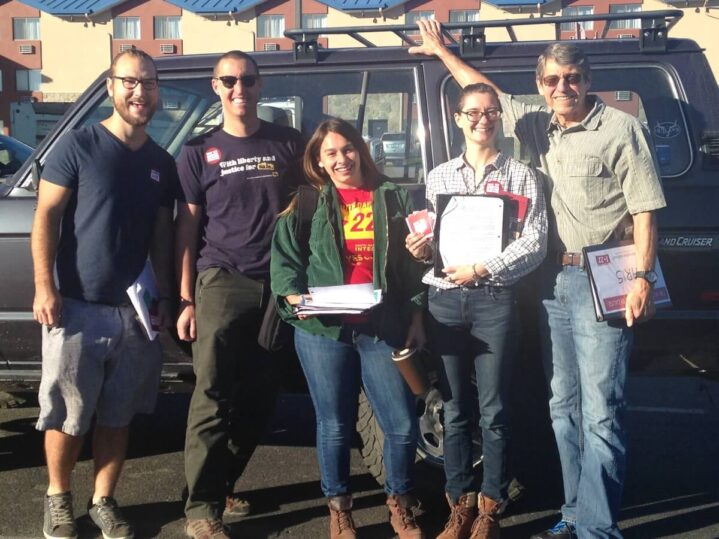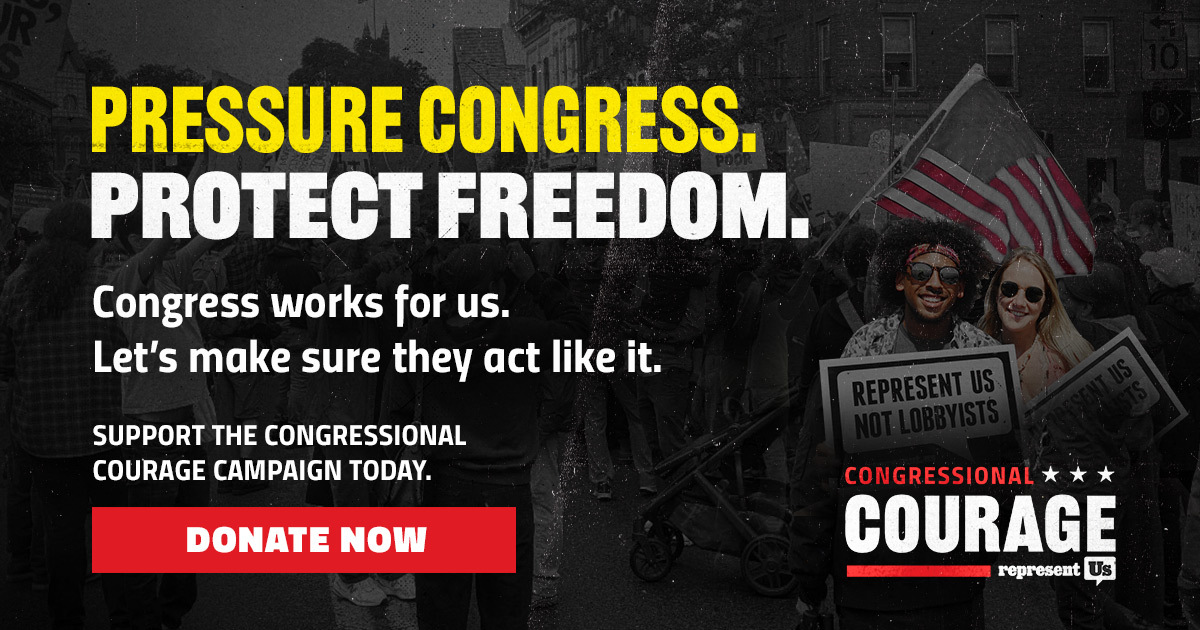How to Take Effective Political Action
How to Host a Door-to-Door Canvass
What is a door-to-door canvass?
Door-to-door canvassing is direct contact with individuals often used in political campaigns usually done face-to-face. If you need to review the basics of canvassing, check out our How to Canvass Guide.
Why host a canvass?
The goal is to connect with voters by initiating direct contact with them in a particular area, community, or legislative district. The purpose of the connection might be to educate or inform voters, to persuade voters, to find supporters, or to make an ask (volunteer, donate, display a yard sign, attend an event). Political scientists view canvassing as one of the most effective ways to talk to community members.
By hosting a door-to-door canvass, you can connect with voters, direct the energies of volunteers, and make a huge impact on your campaign or issue.

How to host a successful canvass:
- Determine where to canvass
- In some cases, the campaign might provide you the location or a list of priority locations
- In other cases, the organizer can determine where is best to canvass
- In general the area should be strategic
- The area has a lot of key voters or constituencies
- The voters in the area can influence important elected officials or key players
- The area is dense and easily walkable
- Create a script if one is not provided to you
- Create/Cut areas for canvassers to walk often considered “turfs” (the turf may consist of likely voters)
- Gather materials that will be needed
- Clipboard to store the script, map and potentially a walk list
- Pens, if necessary
- Literature to leave at doors
- Sign in sheets
- Tracking form to indicate the number of doors knocked, the number of conversations had, and the number of supporters identified
- Water/snacks
- Weather related items (umbrella, hand warmers, sunscreen)
- Talking points or issue related information
- Hold a training
- In-depth training should be held about 10 days prior and should include:
- Information about what voters people will be speaking about
- Script preview
- How to track and document data
- Role play for the canvassers to practice
- Provide a refresher the day of
- In-depth training should be held about 10 days prior and should include:
- Recruit volunteers
- Call through a list of volunteers and personal contacts
- Post fliers in the community and on social media
- Phone bank a list of potential volunteers
- Make confirmation calls about 2-3 days before canvass
- Day of
- Make sure volunteers sign in and know where they will be canvassing
- Answer any questions before volunteers begin door knocking
- Review the script and ensure the volunteers are comfortable with it
- Assign pairs so that the volunteers have a sides partner
- Prepare volunteers for what they might expect that day
- Make sure that volunteers know where to go when they are done and when
- Debrief the event with the volunteers
- Thank volunteers and sign people up for the next event
- After
- Make sure that data has been added in
- Follow up with any potential volunteers
- Follow up with the volunteers who canvassed thanking them for their participation, sharing with them the collective impact, and remind them of the date of the next volunteer event


